This post may contain affiliate links. If you click through a link and make a purchase, I may receive a commission at no additional cost to you. As an Amazon Associate, I earn from qualifying purchases. Read the full disclosure here.
A big part of success with your rehabilitation is your ability to keep up with your physical therapy exercises both during and after your treatment.
But when you’re at home, you may not have all those unique gadgets they have at the physical therapy clinic!
Don’t worry! It’s easy to have the necessary tools at home to stay healthy and injury-free.
Whether you’re looking to build a home gym or just have a few pieces of fitness equipment around for when the mood strikes, this article features some of the most frequently sought after physical therapy equipment for home.
Add these versatile physical therapy tools to your home collection to make sure you can stay active beyond your rehab recovery!
Disclaimer: This content is for educational purposes and is not medical advice. Read the full disclaimer.
Foam rollers
Foam rolling is a cheap and cheerful way to give yourself a massage and help with mobility work.
Your body weight is used to apply pressure and slowly roll over an area to mobilize tissue. You may also hear the terms trigger point release and self-myofascial release used.
Though self-massage is the most common use, there are other uses for foam rollers, including joint mobility exercises and props for stability exercises such as during Pilates.
If you’re still stuck on which foam roller to buy, check out How To Choose A Foam Roller Made Easy to clear up all your questions!
Though foam rolling seems like it’s having a moment these days, there’s some science to back up rolling out your muscles.
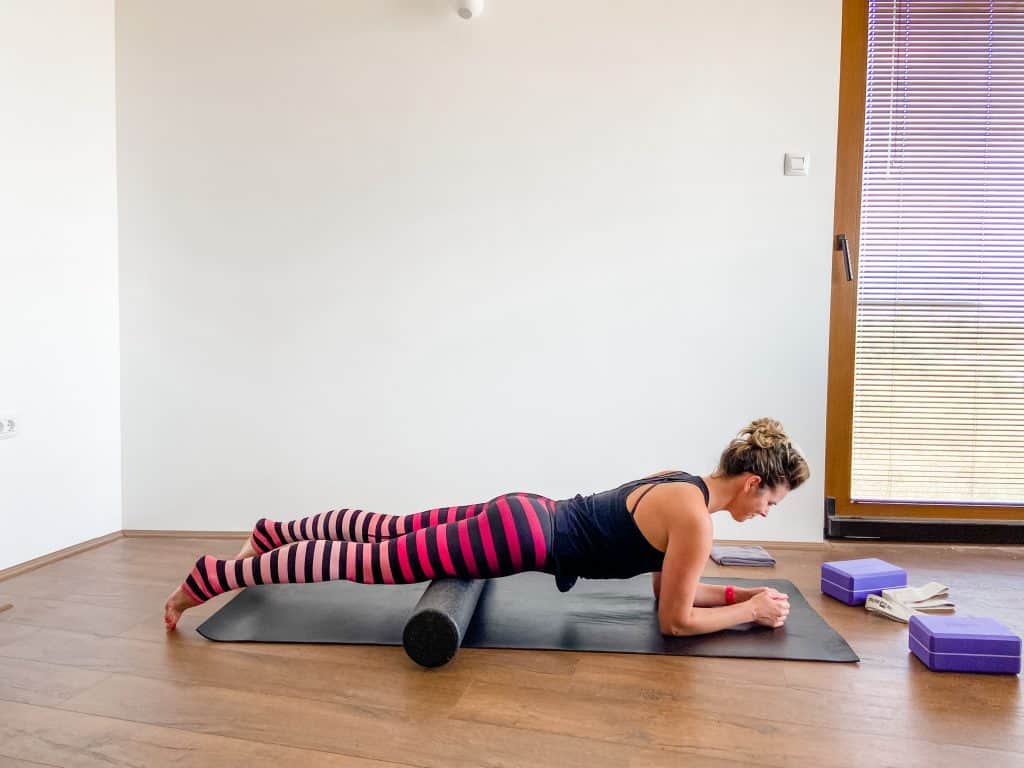
Here’s what we know from the research so far:
- Cheatham et al. concluded that foam rolling can enhance joint range of motion for both pre and post-exercise.
- Foam rolling can have mechanical effects to reduce tissue adhesion and muscle spasm.
- Foam rolling may produce pain modulating analgesic – like effects.
- Foam rolling can help with increased blood flow and circulation.
To learn more about the science behind foam rolling, read Foam Rolling 101 – Is It Worth the Hype? (including what NOT to do with a foam roller!)
Foam rollers are inexpensive and lightweight, so you can keep one at arms reach for a quick way to work on your mobility.
The Amazon Basics foam roller (36-inch) is a great starter foam roller to cover all your needs.
I also like the OPTP line of foam rollers, which come in soft, medium, and firm densities (and fun colors).
My favorite space-saving foam roller option is the Trigger Point Grid Plus.
Theracane
Have a trigger point in a hard to reach area?
The Theracane can help you work out those tight muscles for some quick pain relief. Its unique candy cane-like shape lets you access typical hard to reach areas like the neck and back.
The Theracane can also get into those smaller areas that are hard to reach with a roam roller.
Yoga mat
Physical therapy tables make it very easy to do a variety of exercises. It can be challenging at home to find exercise space to replicate your home program.
Many people think the bed is a good substitute, but the floor is a better option for many exercises.
Grab yourself a padded exercise mat so you can comfortably do all of your exercises on a sturdy surface.
If you’re looking for your mat to do double duty for your yoga or pilates practice, look into these high-quality Jade Harmony and Manduka Pro yoga mats.
Stretch out strap
If your flexibility is limited, stretching can be a challenge. Pushing yourself too far can render stretching counterproductive and even cause injury.
A strap can help extend your reach and make stretches more accessible while maintaining proper alignment.
The original stretch out strap is a cult favorite with its many loops to fit anyone. It also functions as a yoga strap to help you get deeper into your poses without sacrificing other areas.
Resistance bands
Exercise bands are a staple in physical therapy clinics.
They’re also a great space-saving option for home to improve strength. Many strength training exercises can be modified for resistance bands.
These loop resistance bands make it easy to do exercises like lateral walks and clamshells.
Pro tip: Always make sure to monitor your resistance bands for cracks and replace them as needed – they don’t last forever!

Exercise ball
An exercise ball can be a versatile piece of exercise equipment, providing a full bodyweight strengthening workout or prop for stretching and range of motion exercises.
But there are so many different sized of exercise balls, which is right for me?
No worries, it’s much easier than it seems.
Exercise balls are measured in diameters that correlate with your height. For example, a 65cm exercise ball is recommended for those approx 5’7” to 6’1”.
Check the dimensions for the brand you are buying, as they may vary.
Pro tip: For added safety, look for a ball that is anti-burst. Exercise balls made from this material are designed to slow leak if they get a tear.
Mini stability ball
This type of small, flexible exercise ball is great for doing stability and core strength exercises.
It can also make abdominal exercises more comfortable when placed under the upper spine.
A mini stability ball is a staple in Pilates or Barre Fitness, adding an unsuspecting challenge to many exercises.
Occipivot pad
The suboccipitals are a small group of muscles at the base of the skull. With constant technology use, these muscles are often overworked and can be a source of pain.
If you’ve ever had soft tissue work to your neck, then you know how good work to this area feels. The occipivot pad can help replicate this feeling at home.
The occipivot pad can be used as an adjunct to treatment for headaches, stress, TMJ disorders, and other tension around the cervical spine.
Muscle scraping tools
In the past few years, instrument assisted soft tissue work has been gaining traction. All those jokes about your physical therapist using a butter knife on you aside, this type of soft tissue work can provide excellent results.
With the Sidekick tool, you can get some relief at home.
Sidekick tool is based on gua sha, an ancient Chinese therapy to improve circulation and promote healing.
Sidekick has several tools that are easy to use on yourself after those intense workouts. They also provide easy-to-follow videos for each body part to be sure you’re using your tool correctly.
You can read my full review here.
Ice pack/heat pack
Love those large ice and heat packs you get at PT?
Don’t settle for the tiny version you can pick up at the grocery store. Pamper yourself with the full-size clinic version.
My favorite ice pack is the Torex Mojility because it comes in various sizes, and the gel never seems to get too stiff when storing it in the freezer.
At the clinic, hot packs are stored in a very hot water bath, which is why lots of towels always accompany them.
Home versions are typically microwave-ready to get heated relief in just a few minutes – like this hot pack with lavender aroma.
Pro tip: Too hot or too cold is never a good thing for your skin. Make sure you take the appropriate precautions and place extra towels between your skin and the hot/cold pack.
Not sure about when to use ice or heat for pain? This article will clear up all the confusion.
Balance pad
Balance exercises are a pillar of a healthy exercise program. Improving your dynamic balance can improve reaction time and agility and decrease your risk of injury.
Balance pads are a small piece of equipment to have at home to add challenge to many exercises.
Their squishy surface even makes them ideal for padding your knees during kneeling exercises or even yoga.
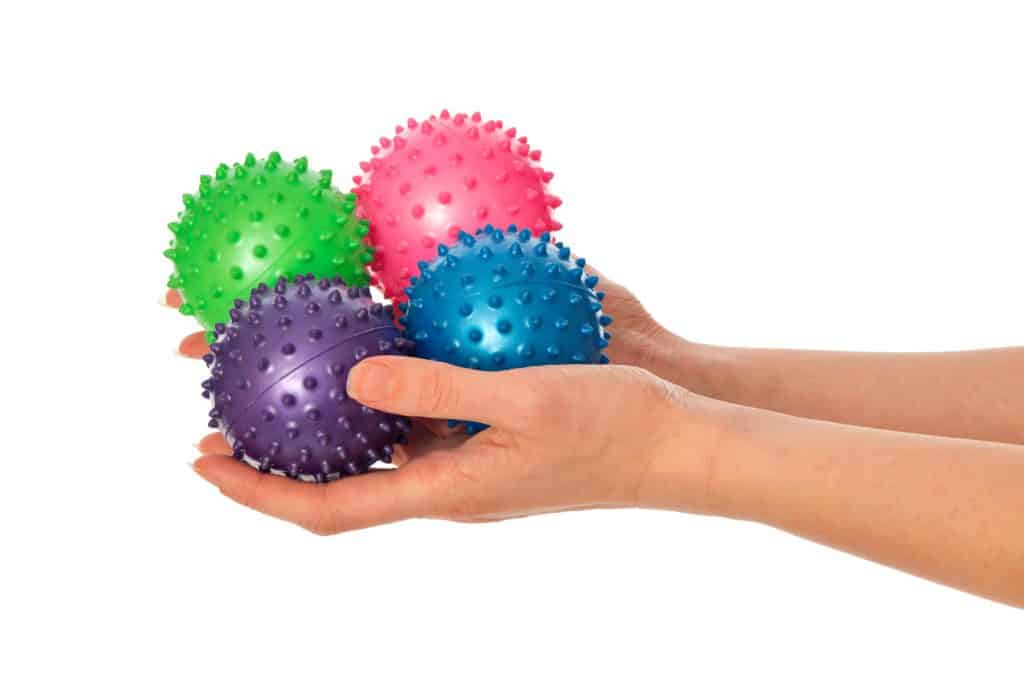
Massage balls
Myofascial release balls are similar to foam rollers in that they can be used for soft tissue mobilization and trigger point release.
However, their smaller shape allows them to get deeper into your tissues, especially for harder to reach areas like the small muscles at the base of the skull.
They come in a variety of densities and textures to suit your preference.
Massage roller
Initially popular with runners and athletes, the handheld massage roller lets you do some soft tissue work to your legs.
Some people find this easier than foam rolling for getting into smaller areas or for soft tissue work on the lower legs.
Wedge to evelate your legs
This is not exactly physical therapy equipment but frequently elicits that “where can I get this” excitement.
Elevating the legs can help with circulation and venous return and decrease a sense of fatigue in the legs.
Elevating the legs can also provide relief to the low back and produce calming effects for the nervous system.
For best results, elevate the legs above the heart for at least 15 minutes.
You can check out comfy wedges to elevate your legs here.
TENS unit
Especially for chronic pain, TENS units can be an effective, non-drug way to manage pain.
TENS stands for transcutaneous electrical nerve stimulation aka electrical stimulation or e-stim for short.
TENS units are used as a method for decreasing pain by stimulating your body’s natural pain killers. (More on how this works in the next section.)
Adhesive pads (electrodes) placed on the skin are attached to lead wires and connected to a TENS unit. Leads can also be attached to specialized sleeves designed to cover an area and deliver electrotherapy.
To read more about how TENS units work and if this option is right for you, read this article.
Wrapping up
With this list of physical therapist approved products, you can have a full stock of physical therapy tools for home without breaking the bank.
Plus, if you keep up with your exercises, you’re less likely to have the same problem return – saving you time and money in the long run.
What are your favorite physical therapy products?
Related Articles:

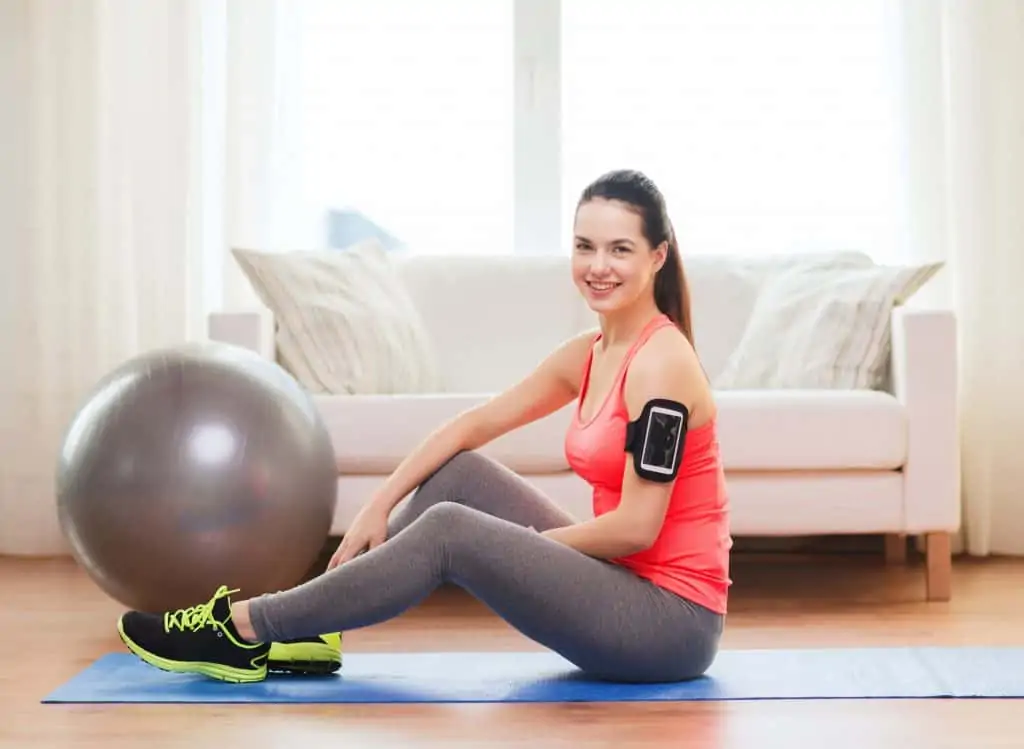
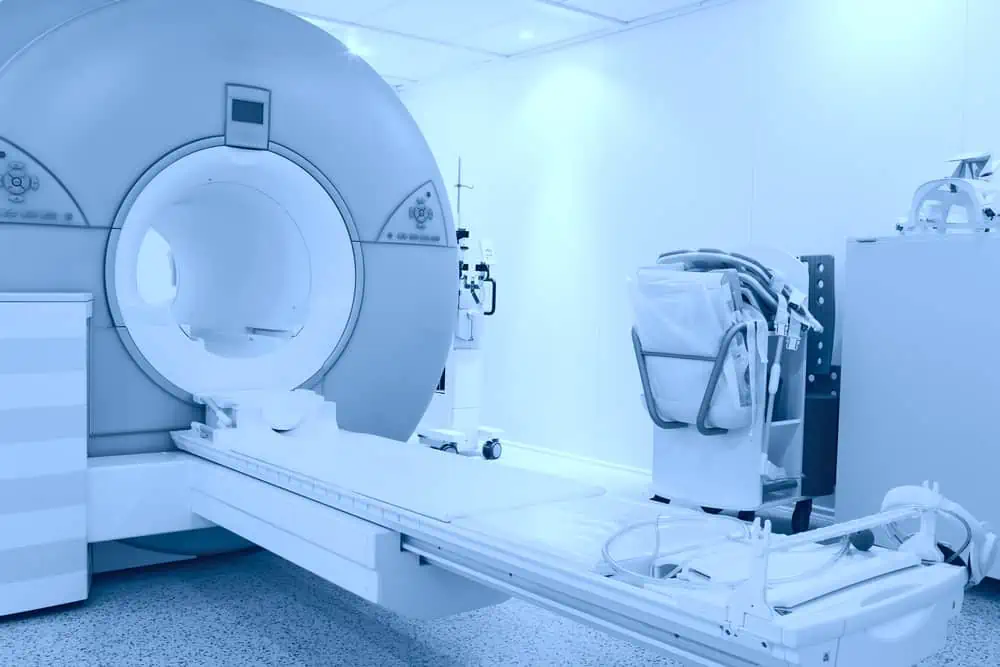
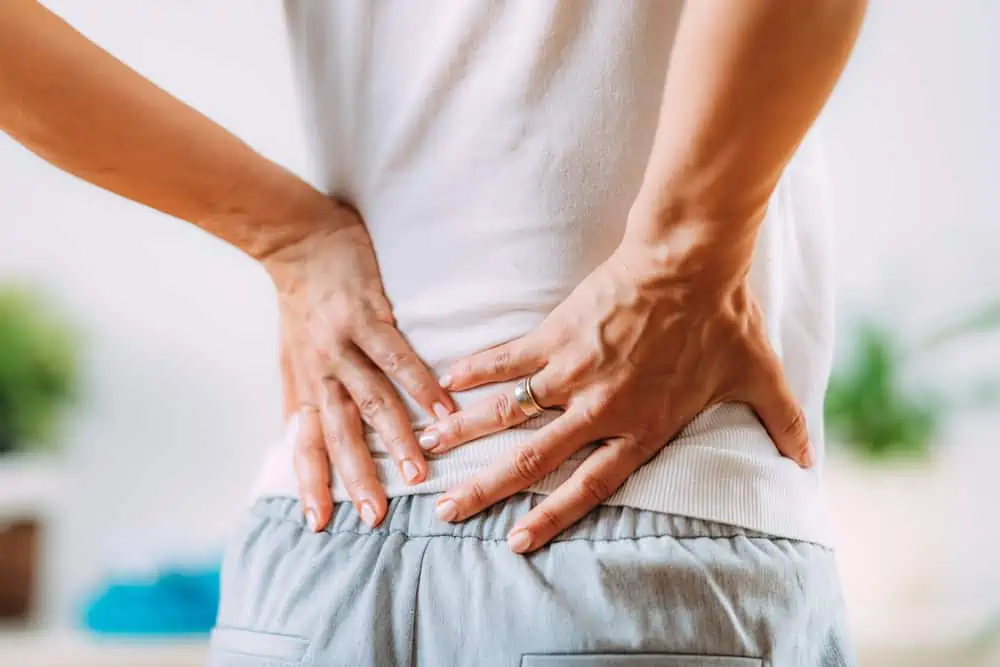
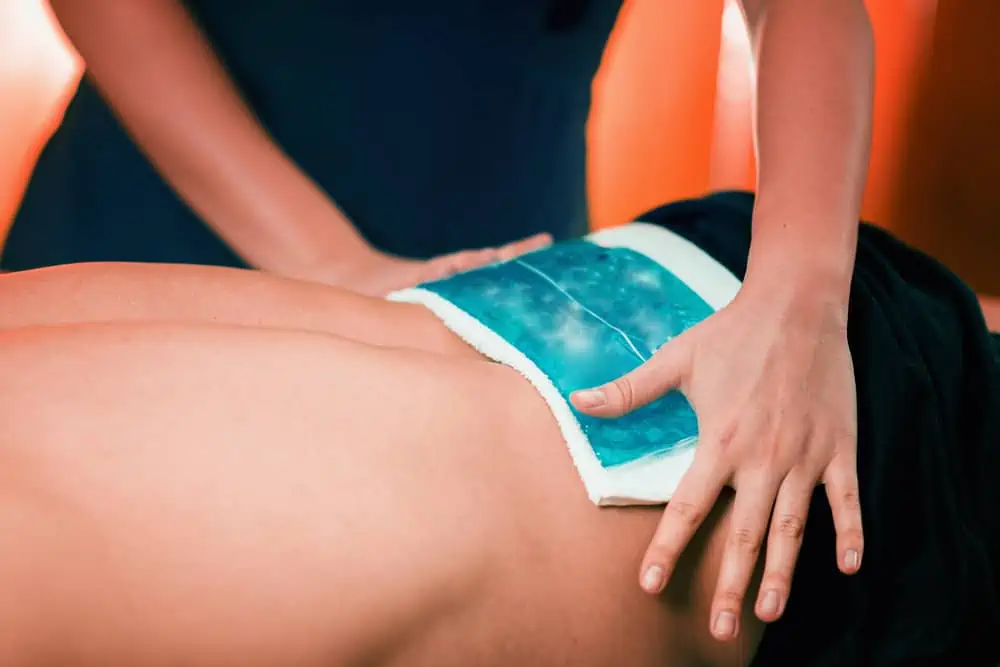
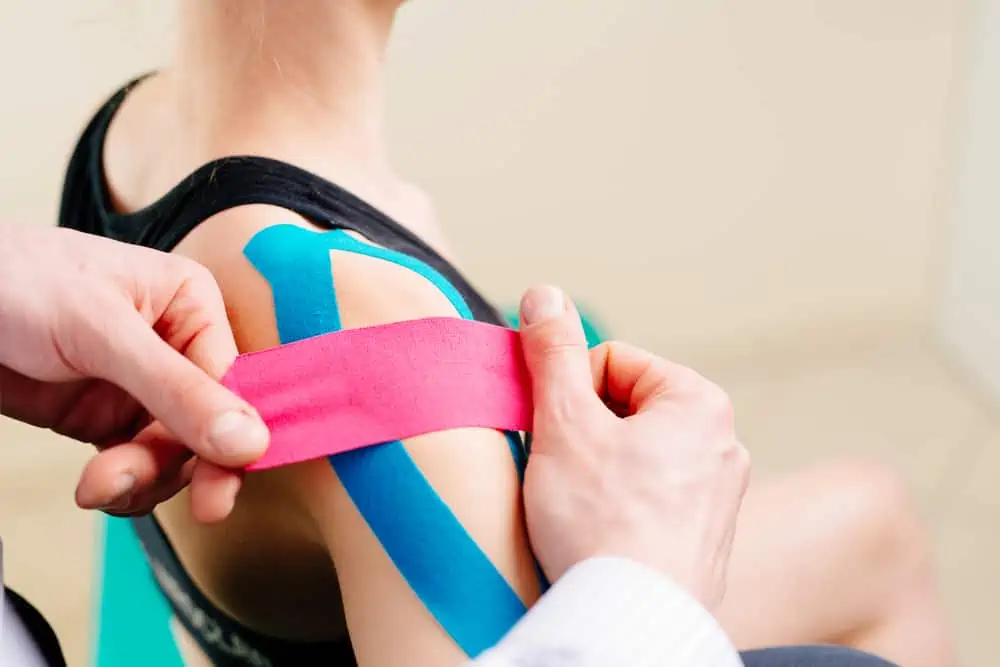
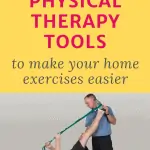
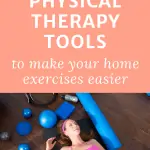
Thanks for sharing such a amazing article. It gives me an idea for my new blog for my gym. Thanks a lot ? ?
Thank you for reading.
I have most of these things and they help so much! I didn’t know about the occipivot pad. I need that in my life!
This is a great list. I will need to add some of these so that I can do a bit more working out and stretching at home.
These tools will definitely make home exercises easier!
These are all really great products! I have a foam roller and it’s been very helpful in my workout recovery!
Awesome, thanks for reading!
I got to try some of these thanks for sharing
I hope some of these work for you. Thanks for reading!
I’m happy to report that I already have most of this equipment and can’t wait to try out a few of the rest
A foam roller has def been my new best friend, but I’m excited to try out some of other options you’ve mentioned!
Good luck, Let me know which ones you like.
As an injury-prone runner, I have what feels like an entire PT office at home. I thought I had everything, but I’ve never heard of an occipivot pad! That might have to be my next purchase.
They’ve been around for a while but aren’t that widely known. Good luck!